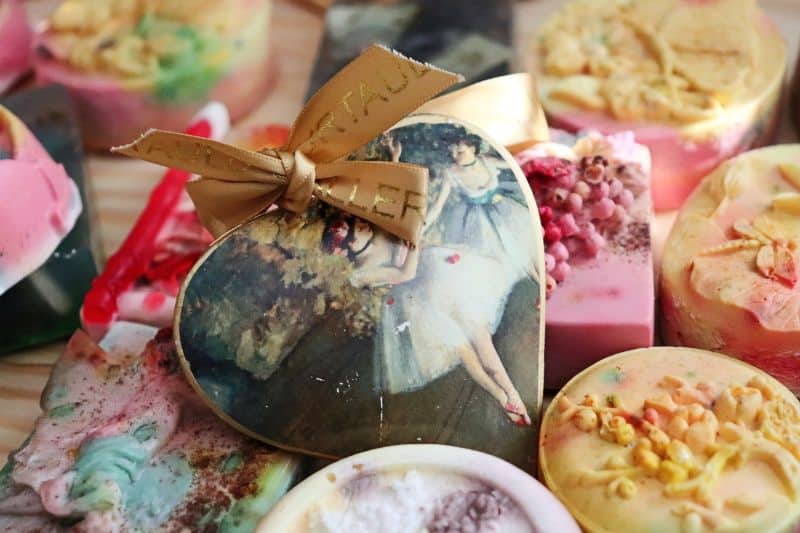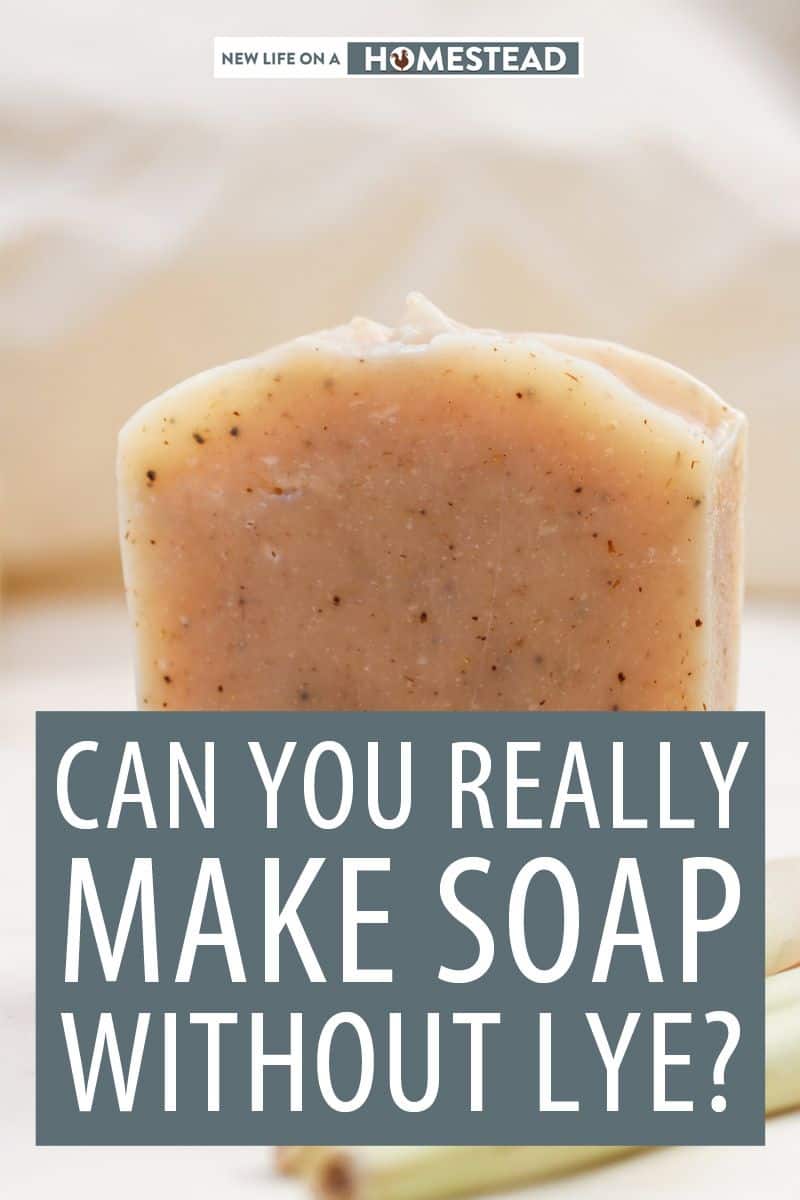Making soap is not a complicated process, but it is a process that involves some very specific steps … unless you want to wind up with a useless pile of goop. Soap is basically a mixture of combined oils, fats, and a caustic solution.
So, can you make soap without any lye? No, you can’t create soap without the caustic solution named lye. When it makes contact with the oil components of a soap recipe, a chemical reaction occurs which alters the compounds. However, it is possible to make soap without actually handling the lye. By getting a melt and pour soap base, you are dealing with an already processed caustic solution that no longer can burn your skin, eyes, or is dangerous to inhale.

Even if a label of a soap you purchase at a store does not explicitly say that it contains lye, it still does. It is not uncommon for the lye solution used in manufactured soap to be referred to on the label as sodium hydroxide – NaOH. Lye may also be noted on a soap or cleaning product label as KOH – or potassium hydroxide.
Some commercial soap manufacturers take the wording used to “hide” the fact that lye is in the soap one step further. They break down the components of sodium hydroxide and list the ingredients as: sodium tallowate, sodium cocoate, and sodium palm kernelate.
What Is Lye?
Lye is created by leaching a strong alkali (such as wood ash) to form a metal hydroxide. When making a hot pressed or cold pressed soap on our homestead I regularly use wood ash from our wood burning stove.
It is best to use ash from hardwood when making soap, but I have also used ash that is a mixture of both hard and softwoods.
What Else Is Lye Used For?
This caustic base solution is used as an ingredient in far more things than soap. Lye is often used in commercially manufactured household cleaners, biodiesel fuel, when tanning leather, and to cure food.
Is Lye Harmful?
Once lye has been processed into a soap or cleaning product, it no longer poses any potential harm to your skin or when it is inhaled. Once the soap curing process has finished, there are no traces left of actual lye. The soap making process is called saponification.
When working with active lye however, it should always be done in a well ventilated or outdoor area. You should wear sturdy gloves, a face mask, eye protection, and long sleeves and pants to help prevent inhaling of the lye, or for the material to be splashed onto your skin or ingested into the mouth.
Making your own soap allows you to create beautiful scents, colors, and to use ingredients that may benefit your skin.
Homemade soap comprised of only natural ingredients (which lye is) also may remove potentially harmful chemical compounds (fragrance agents in particular) that could cause various types of ill health effects.
There is no real reason to be afraid of making soap with lye, but following each and every noted safety precaution is vital to avoiding contact burns or inhaling or ingesting this caustic solution that can provoke severe emergency health issues.


Tara lives on a 56 acres farm in the Appalachian Mountains, where she faces homesteading and farming challenges every single day, raising chickens, goats, horses, and tons of vegetables. She’s an expert in all sorts of homesteading skills such as hide tanning, doll making, tree tapping, and many more.

I love making lye soap. And using it. It was scary at first, but after the first time, it got easier.